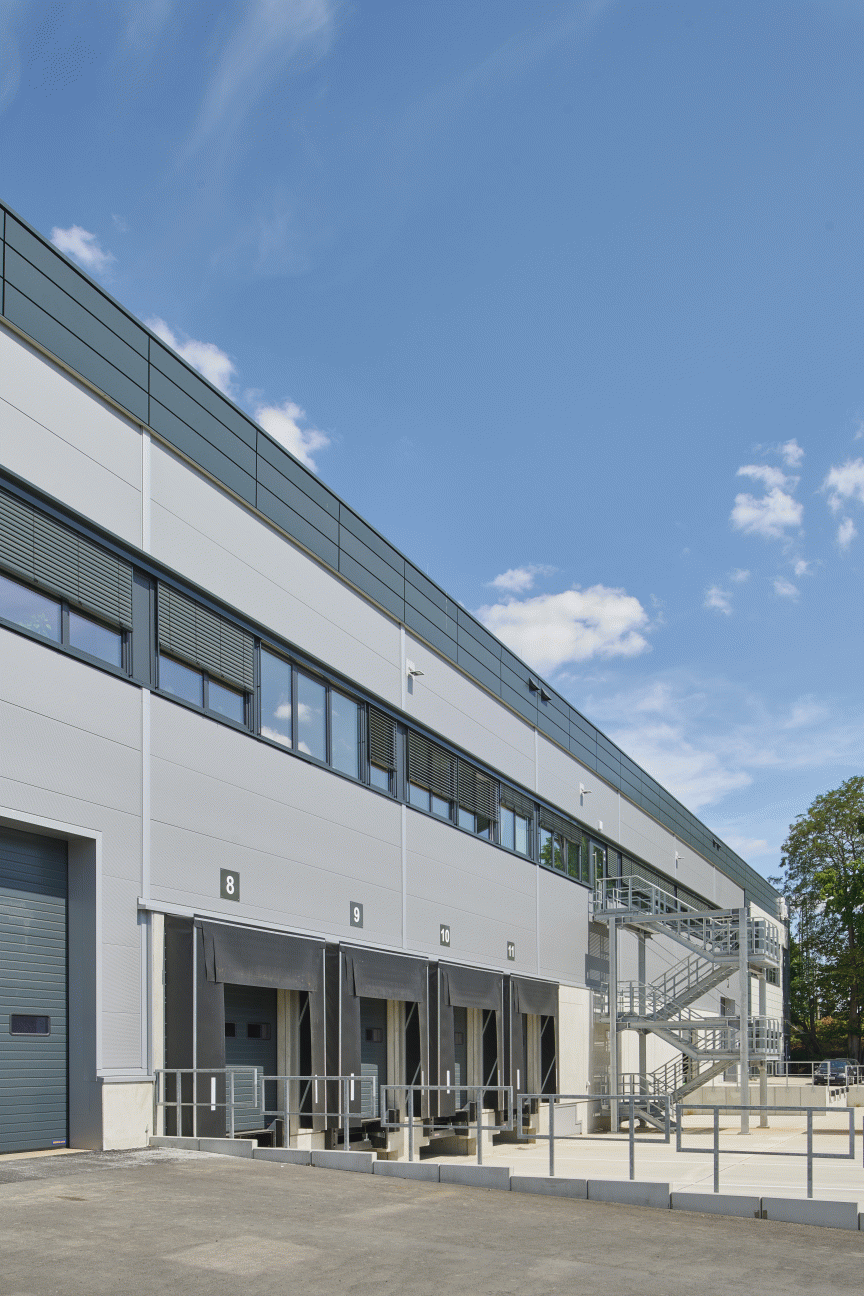Commercial space turnover in Hannover Region falls to five-year low
 Olaf Mahlstedt / Alpha Industrial
Olaf Mahlstedt / Alpha Industrial A shortage of space and the effects of coronavirus have caused the situation regarding commercial space in the Hannover Region to reach a five-year low. There are currently 208 hectares of land with a legally binding development plan available for commercial development in the region - compared to 216 hectares in the previous year.
This is the result of the current commercial space monitoring , which the Hannover Region publishes annually.
In addition, there are 469 hectares without a development plan that are only shown in the land use plan and are therefore not yet available - in 2021 there were still 459 hectares.
"In the last five years, the amount of available commercial space with a development plan has fallen continuously by a total of over 21%," says Alexander Skubowius, Head of Economic and Employment Promotion in the region. "In particular, there is hardly any land left in the immediate vicinity of the freeway, even though this is important for SMEs and industry."
Only 16.5 hectares are currently available there. In comparison: in 2020, 60 hectares of immediately buildable land was still available along the highway, compared to 23.5 hectares in the previous year.
The critical point here is that in five municipalities - Burgdorf, Hemmingen, Seelze, Wennigsen and Wunstorf - there is already a complete lack of available development plan areas. It usually takes up to five years for land-use planning and development to create new sites.
A period that cannot be covered by the available space in 15 of the 21 municipalities in the region. The lack of available commercial properties is apparently making existing properties increasingly important for investors: The stock of commercial properties that have been vacant for a long time has more than halved from 190 to 72 hectares since 2013.
It recently amounted to 46 hectares, well below the previous year's take-up of 68 hectares, and was also the lowest take-up in the last five years. As in 2020, the sharp decline in take-up is partly due to companies postponing investment decisions in light of the coronavirus pandemic, but above all to the low supply of space.
Together with the climate protection agency and the town of Lehrte, the region is planning to launch an initial pilot project for a 'climate-smart industrial estate' this year.
